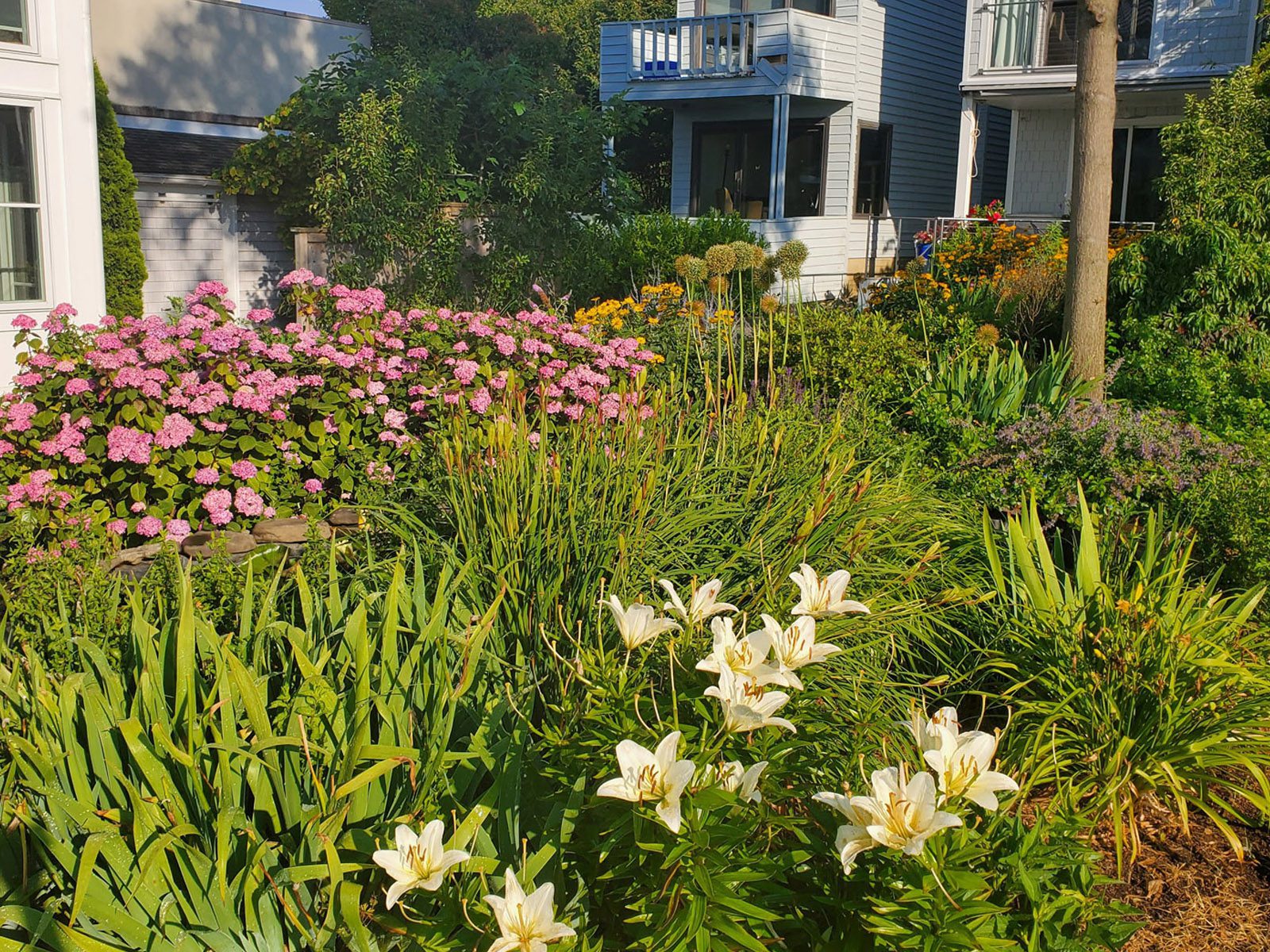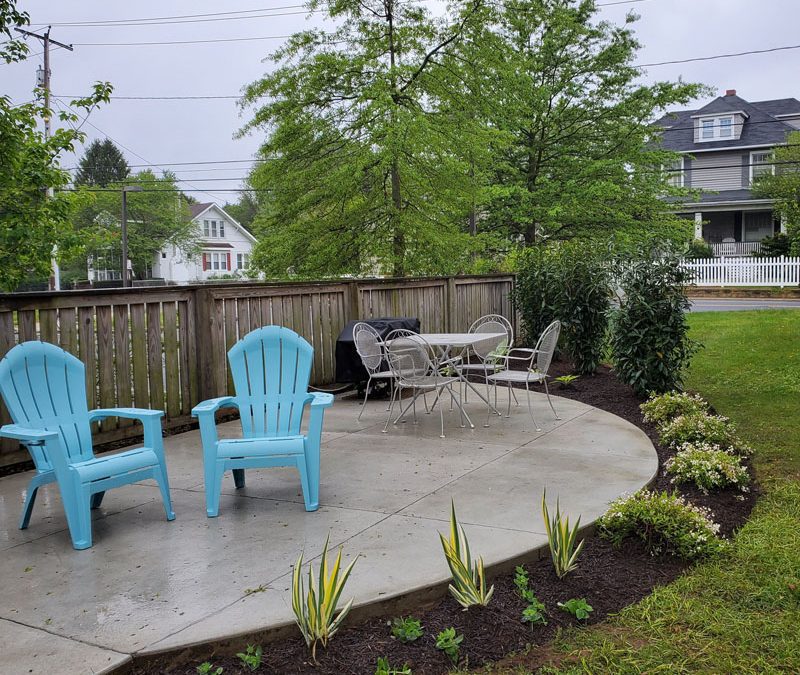
Embracing Bay-Friendly & Native Plantings: Garden Girls’ Eco-Friendly Approach in Annapolis, Maryland
February 16, 2024
Elevating Your Annapolis Oasis: The Premier Choice with Garden Girls
March 15, 2024Welcome to the Garden Girls’ ultimate guide to tree and shrub pruning! Whether you’re a green-fingered enthusiast or a gardening novice, understanding the art and science behind pruning is crucial for maintaining a vibrant, healthy garden. Pruning not only helps shape your greenery but also encourages growth, removes dead or diseased limbs, and enhances the overall health of your plants. Let’s dive into the tips and techniques that empower you to prune like a pro!
Why Pruning Matters
Pruning is more than just cutting away branches; it’s vital to garden care. Proper pruning ensures trees and shrubs thrive, produce more flowers and fruits, and maintain aesthetic appeal. It also prevents the spreading of diseases and pests, making your garden a resilient ecosystem.
Best Time for Pruning
Timing is everything when it comes to pruning. For most trees and shrubs, late winter or early spring, just before new growth starts, is ideal. This period minimizes stress on the plants and allows for vigorous spring growth. However, the timing can vary based on the plant species and your local climate, so it’s important to research or consult a professional for specific advice.
Tools of the Trade
Investing in the right tools is essential for effective pruning. A sharp, clean pair of secateurs is perfect for small branches and precise cuts. For thicker branches, a lopper or pruning saw will do the job. Always ensure your tools are clean and sharp to prevent disease transmission and ensure clean cuts.
Pruning Techniques
- Cleaning: Start by removing dead, diseased, or damaged branches. This helps prevent the spread of pests and diseases and redirects the plant’s energy to healthier growth.
- Thinning: Remove some plant branches to improve light penetration and air circulation. This technique mainly benefits dense shrubs and trees, promoting a healthier plant structure.
- Shaping: You can shape trees and shrubs to your desired form for aesthetic purposes. However, maintain the plant’s natural habitat for optimal growth and health.
- Heading Back: This involves cutting back overgrown branches to buds or smaller branches. It encourages denser growth and is often used for shaping and controlling the size of the plant.
Common Mistakes to Avoid
- Over-pruning: Removing too much foliage at once can stress and weaken plants. A good rule of thumb is never to remove more than one-third of the plant in a single season.
- Improper cuts: Always cut just above a bud or branching point at a 45-degree angle to promote healthy regrowth and prevent water damage.
- Ignoring plant species requirements: Each species has unique pruning needs based on growth habits and health. Customizing your approach will yield the best results.
Aftercare
After pruning, it’s crucial to care for your plants to ensure they recover and thrive. Watering, mulching, and, if necessary, fertilizing can help support robust growth. Monitoring signs of stress or disease can also help you intervene promptly if issues arise.
Pruning is an essential skill for any gardener, and with the proper knowledge and tools, you can ensure your trees and shrubs are healthy, beautiful, and productive. Remember, every cut has a purpose, and with each snip, you’re shaping not just your plants but your garden’s overall health and aesthetics. Happy pruning from all of us at Garden Girls!




